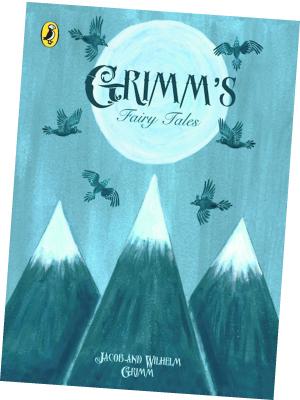
 The literary genre of the fairytale was formed in Europe in the late seventeenth century with the French author Charles Perrault’s Tales and Stories of the Past with Morals (Histoires ou Contes du Temps passé) which was published in 1697. Perrault explored the genre of the fairytale by varying the stories in popular folk tales which originated from both the oral and literary traditions. Fairy tales feature archetypal characters which according to the theorist Carl Gustav Jung are derived from the “collective unconscious” or historical memory which is universal.
The literary genre of the fairytale was formed in Europe in the late seventeenth century with the French author Charles Perrault’s Tales and Stories of the Past with Morals (Histoires ou Contes du Temps passé) which was published in 1697. Perrault explored the genre of the fairytale by varying the stories in popular folk tales which originated from both the oral and literary traditions. Fairy tales feature archetypal characters which according to the theorist Carl Gustav Jung are derived from the “collective unconscious” or historical memory which is universal.
The brothers Jacob and Wilhelm Grimm from Germany were influenced by Perrault’s Tales and Stories of the Past with Morals.
The Grimm’s Fairy Tales was first published in 1812, and includes fairy tales from Perrault’s collection such as The Sleeping Beauty, Cinderella and Little Red Riding Hood. The archetypal character of the mother recurs in Grimm’s Fairy Tales in Snow White and the Seven Dwarfs and Hansel and Gretel, and in the original version the cruel mother is presented as the biological mother.
However, in later versions of Snow White and the Seven Dwarfs and Hansel and Gretel, the cruel mother is portrayed as the step mother. Rapunzel also features a mother figure that is cruel and abusive. The so-called mothers in all three stories are associated with witches and witchcraft.
The fairy tales also highlight a supernatural element where divine intervention occurs through the archetypal characters of fairy god mother and princes. The Grimm’s Fairy Tales teach moral lessons, and illuminates the way in which the “collective unconscious” manifests through archetypal characters that are universal and common to all human kind, and thereby lends itself to an interpretation of Carl Jung’s theory of the “collective unconscious”.
